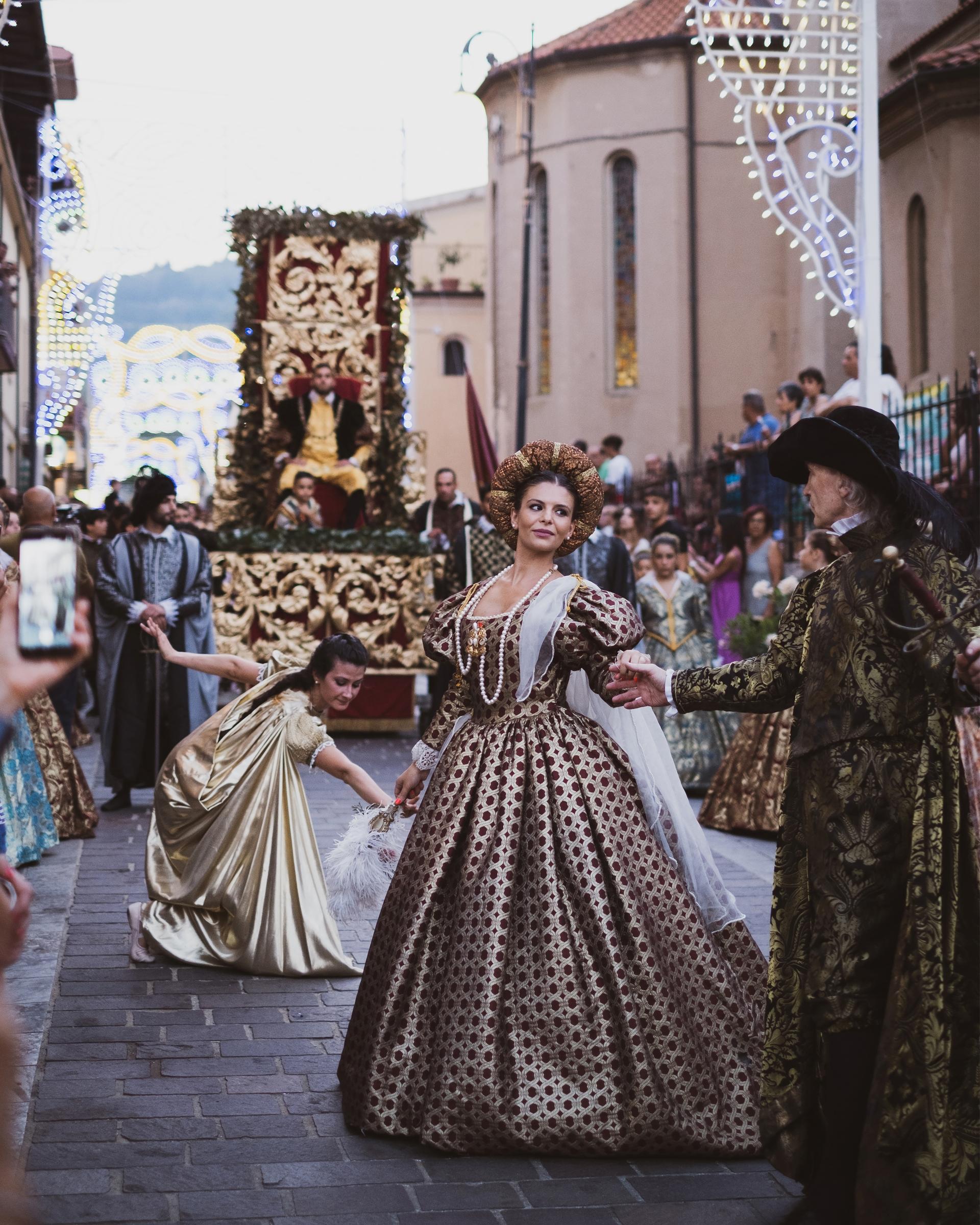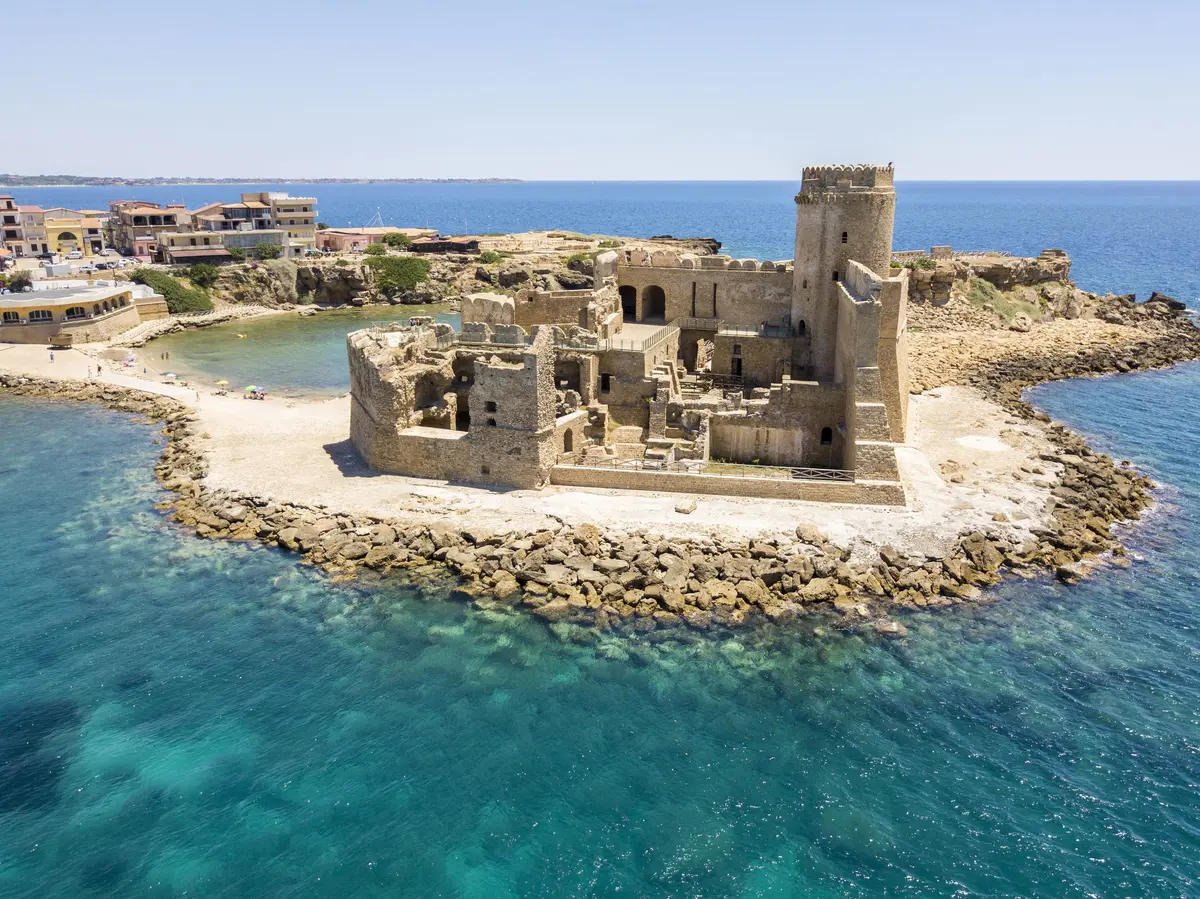Discovering Templar sites in Calabria
In the footsteps of the Knights Templar: myths, legends and truths
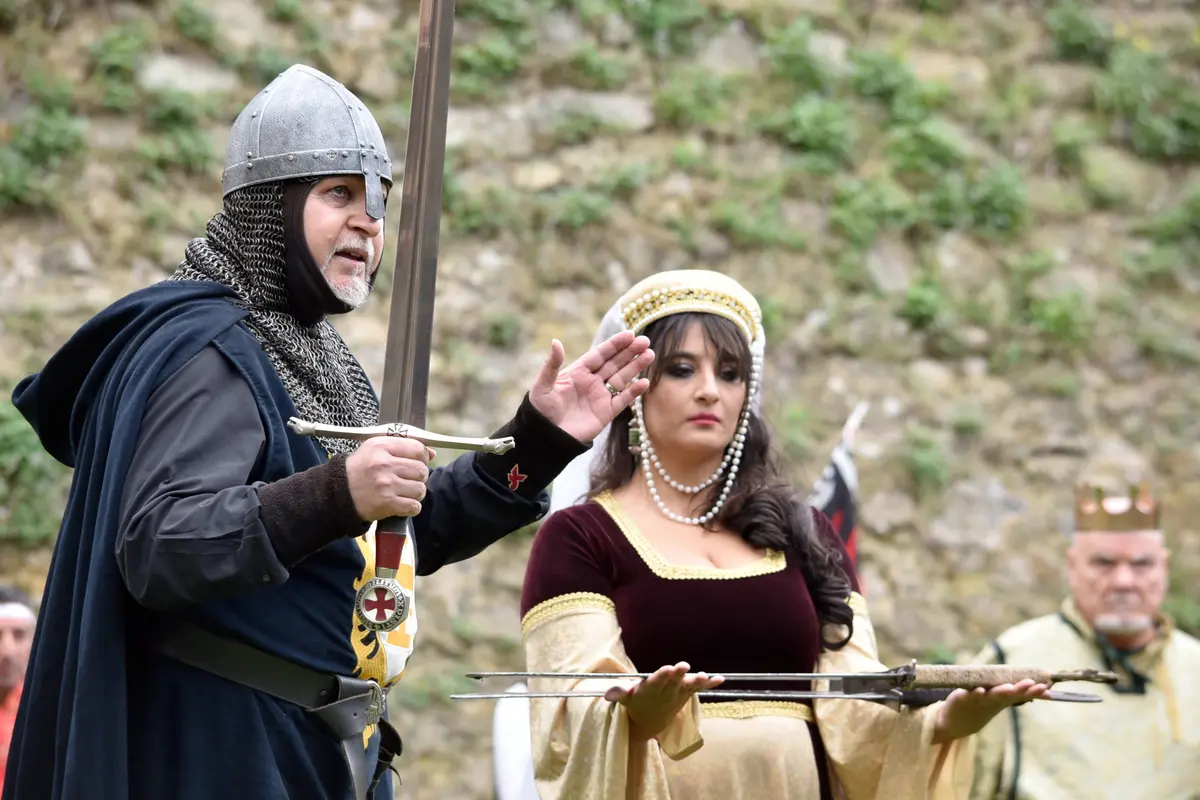
Cultural historian
Regione Calabria
Travel information
Category
Cultural historian
Target
Friends/Single
A journey through ancient legends and true stories, this itinerary follows in the footsteps of the Knights Templar in Calabria. According to Christian chivalric tradition, the Order of the Hospitallers, known as the Knights Templar, was formed at the time of the First Crusade to Jerusalem (1099), at the Church of St John the Baptist (hence the name Gerosolimitani), with the aim of providing armed protection for pilgrims in Palestine. The history of the Order has always been intertwined with that of political and ecclesiastical power, giving rise to superstition and legends: among them, those related to the Holy Grail, the Holy Shroud and the Philosopher's Stone.
Are there traces that testify to the presence of the Templars in Calabria? Officially, experts are cautious, but after carefully observing the territory and evaluating the few but authentic archival documents and artefacts available, they too agree on the possibility that some places, ruins and objects are linked to the Templars in Calabria. Let's discover them all on an esoteric journey through the abbeys and castles of Calabria!

Bohemond of Altavilla and the Tomb of Pauciuri

The Templars and the Reliquary Cross
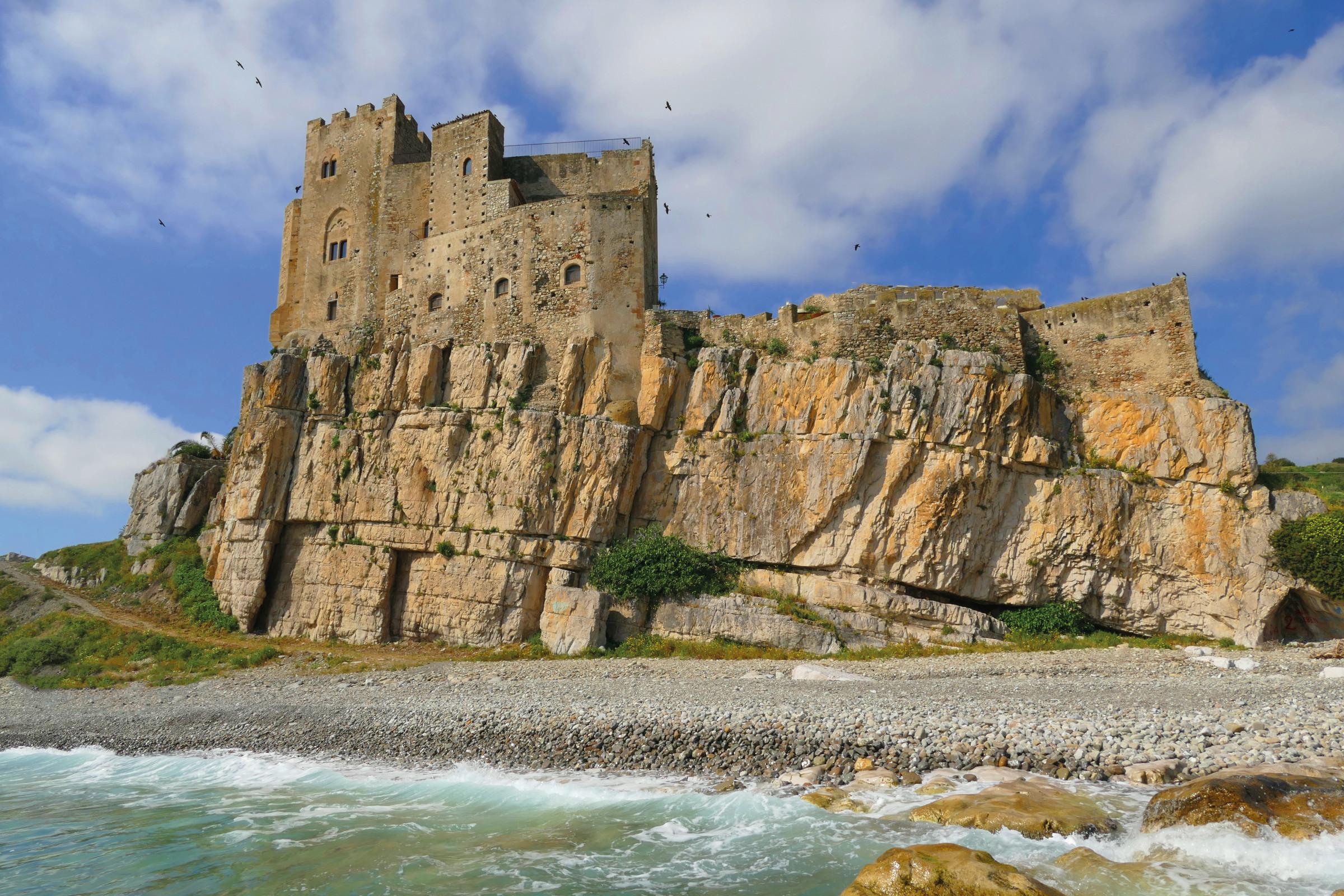
Among the mysteries of Frederick's Castle
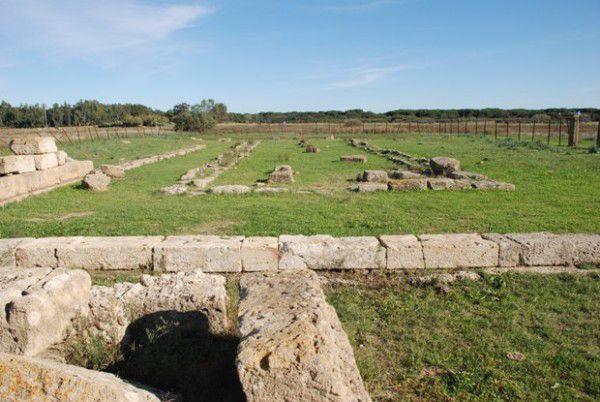
From the cult of Demeter to the Knights Templar

An ancient kastron of the East
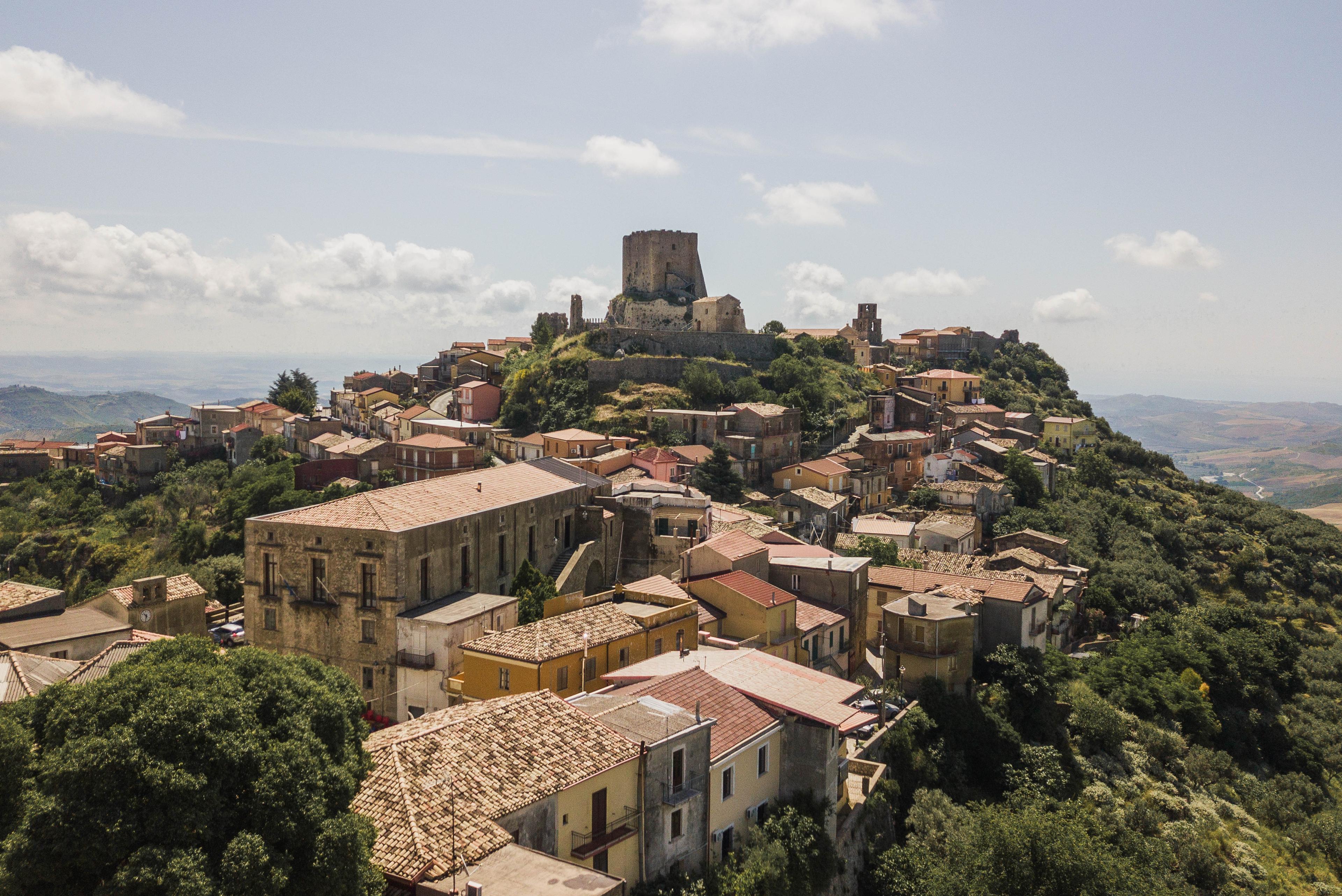
The Templars and the ancient hamlets of Catanzaro
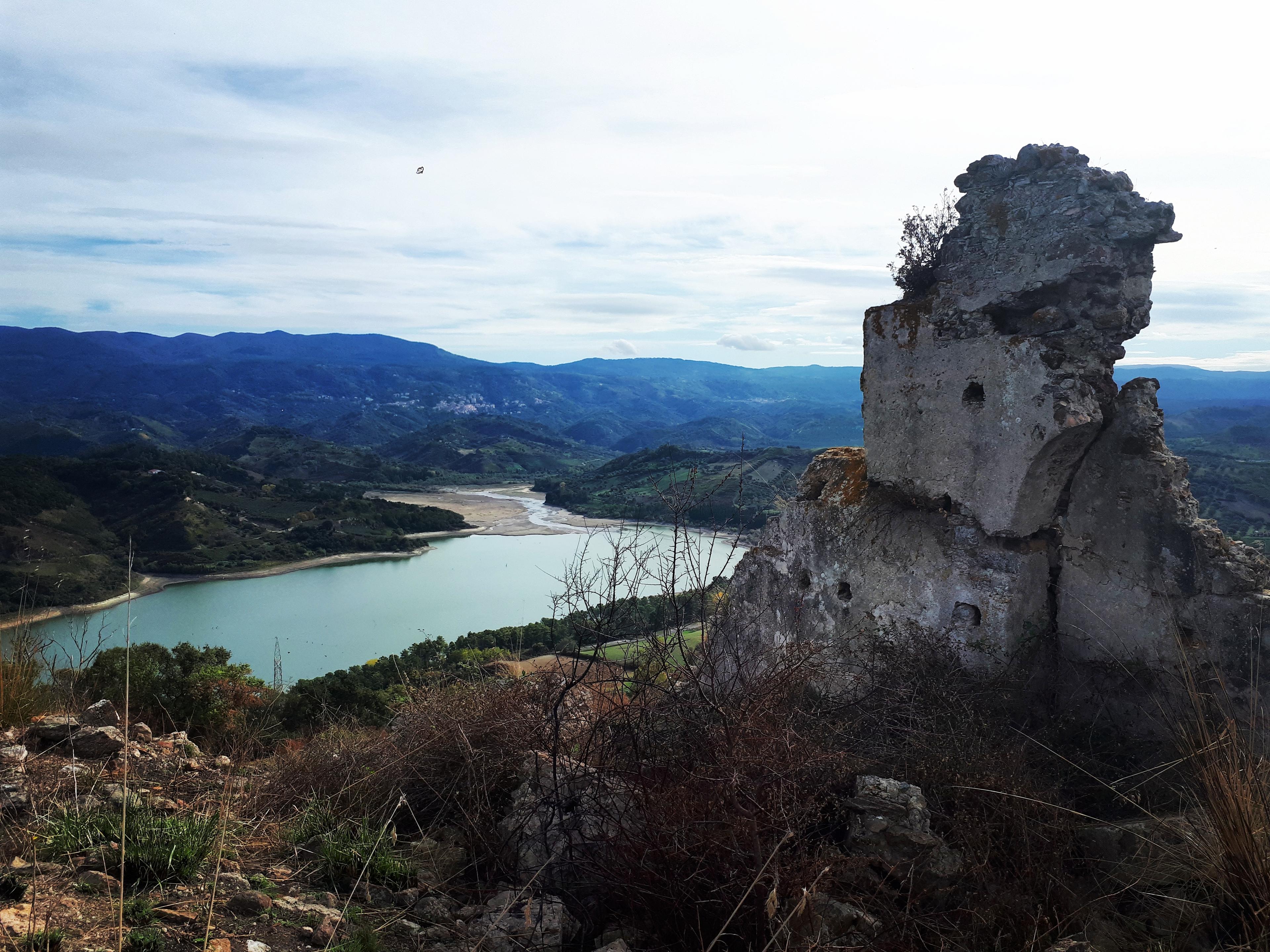
Rocca Angitola, outpost of the Knights Templar
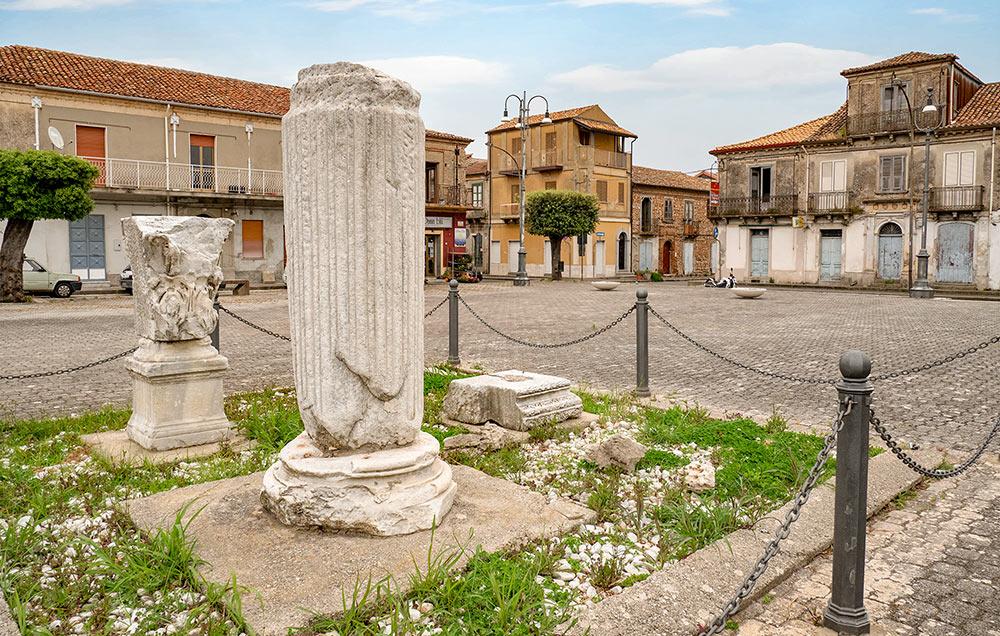
A donation to the Knights Templar of Sicily
